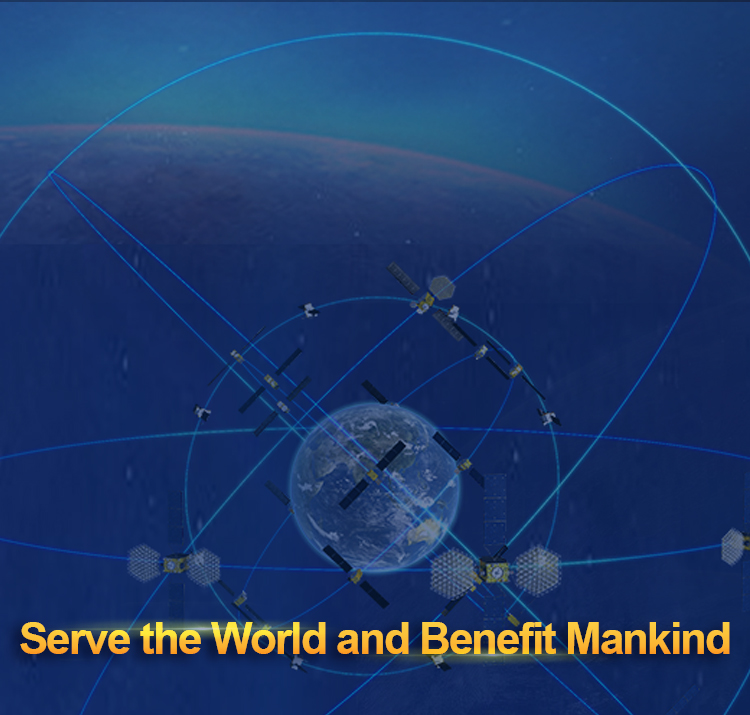


The conference was hosted by the Cabinet Office and the Ministry of Foreign Affairs, the Government of Japan. More than 200 delegates attended the meeting. The participants included the ICG’s Associate members and observers from the United Nations Office for Outer Space Affairs (Unoosa), the satellite navigation system providers from China, the United States, Russia, the European Union, Japan and etc, other ICG member countries such as Italy and the United Arab Emirates(UAE), Arab Navigation Society (AIN), Asia-Pacific Space Cooperation Organization (APSCO), Civil GPS Interface Committee (CGSIC), Federation Aeronautique Internationale (FAI), International Federation of Surveyors (FIG), International Association of Geodesy (IAG) and International GNSS Services (IGS), as well as special observers from Australia, Pakistan, Regional Centre for Space Science and Technology Education (affiliated to the United Nations) and etc. Organized by China Satellite Navigation Office (CSNO) and led by Changfeng Yang, the BDS chief Architect, about 40 Chinese representatives and experts attended the conference. The representatives includes Academician Yuanxi Yang, Deputy Chief Architect of the BeiDou System, the delegates from the Ministry of Industry and Information Technology (MIIT), Ministry of Communications, China National Space Administration, China Satellite Navigation Engineering Center, Beijing Satellite Navigation Center, National Time Service Center of Chinese Academy of Sciences, China Aerospace Science and Technology Corporation, China North Industries Corporation, China Electronics Technology Group Corporation, National Space Science Center, Shanghai Astronomical Observatory, BeiHang University, Shanghai Jiao Tong University, Beijing BDStar Navigation Co., Ltd, Beijing UniStrong Science and Technology Co. Ltd. and others .
According to the meeting schedule, the first meeting of the 19th GNSS Provider’s Forum was held on December 2nd. The meeting reviewed and confirmed the ICG-12 Meeting Agenda, and conducted preliminary discussions on issues related to the open service information distribution, multi-GNSS Asia/Oceania application demonstration project, and the ICG information center. Shuli Song from the Shanghai Astronomical Observatory of the Chinese Academy of Sciences made a progress report on iGMAS and joint test projects. She introduced the latest progress of the IGMA-IGS joint test project, compared and analyzed the major international monitoring and evaluation methods, and elaborated the status of the current international high-precision GNSS products, and the feasibility of iGMAS products as a benchmark for monitoring and evaluation. Dr Jun Shen, Deputy Director of the International Cooperation Center of CSNO, made a BDS/GNSS joint application report of “The Belt and Road”, introducing the background and concept of the “The Belt and Road” as well as the development of BDS and its typical applications in the region of the “The Belt and Road”. He called upon all GNSS providers to work together to provide quality PNT services for users in the region of “The Belt and Road” and all around the world.
On December 3rd, ICG-12 convened its first plenary session. Representatives from the Japanese Cabinet Office, the Ministry of Foreign Affairs of Japan, Kyoto University and other sponsors participated in. Officials from the United Nations Office for Outer Space Affairs attended the meeting and delivered speeches to representatives at the ICG-12 Conference to express warm welcome. Regional and global system providers from Japan, the United States, Russia, the European Union and China introduced the development of their satellite navigation systems respectively. Jiaqing Ma, Deputy Director of China Satellite Navigation Office, presented a report about the BDS updates, focusing on the basic constellation and performance, system applications, international cooperation and the near-term plan of the BDS-3 system. In the afternoon of December 3td, at the GNSS application expert meeting, Gang Hu, President of Beijing BDStar Navigation Company made a comprehensive application report of the BDS RNSS+RDSS applications and introduced the unique advantages of BDS RNSS+RDSS in disaster relief.
The Chinese delegation participated in all meetings and related topics discussions at this conference including systems, signals and services (Working Group S), GNSS performance, new services and capacity promotion services (Working Group B), information distribution and capacity building (Working Group C), Reference Frames, Time and Application (Working Group D) and etc, as well as multiple working group joint meetings, supplier forum meetings and plenary meetings. They will focus on coordinating key issues such as monitoring and evaluation, Medium Earth Orbit (MEO) search and rescue, space service airspace and others.
